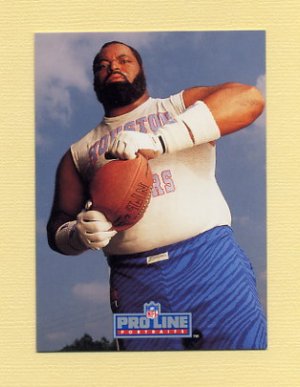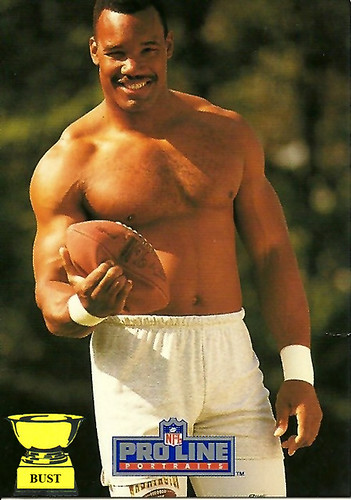I realize I've sort of misnamed these posts, but once I started the run, there really wasn't any turning back. This is the third in the series - I've covered
1991-2000 and
2001-2010 already. Have a look, if you're one of my new subscribers, to get an idea of what's going on here. (And welcome, to those of you who have recently subscribed!)
1988 Topps is one of the least interesting card designs released as a major set of all time. They took the design elements of 1966 Topps and switched them - the team name runs across the top of the card instead of in a corner banner, and the player's name is in a banner instead of across the bottom.
However, if Topps were to use this design today in a Stadium Club-style set, without the borders, I'd love it. There's just not enough quality to the printing or photography to focus so much on the photo, and leave so little to the design.
If 1988 was boring, what is this? The only saving grace here is that I sort-of like the team name font with the black background at the top. It's like Topps was saying, "Hey, you liked the 1971 black bordered set so much, we'll give you just a taste of black border again in 1986!" Other than copying the team name font, this has to be the easiest card image to duplicate for spoofs or custom cards.
This set is a little 1970s for use in a 1982 set. It reminds me of those technicolor logos and designs that were made to look like they were three dimensional. If this design was tweaked a little and used in 1973, it would have been great - just like the Bowman TV set!
This 1984 set is only ranked so highly because of the second photo, but who wants a second photo of Craig McMurtry? Unless, of course, you're putting together a mustache set. Or a nerdy 1980s glasses set.
Coming at 6th best of the decade is the 1989 issue. If you didn't start collecting in 1989 like I did, you would probably rank this much lower, and I had to let my feelings not become too involved when setting this list up. The 1980s Topps sets were full of straight edges and sharp corners in the design, and the softer cursive team names and sweeping banner for the player's name makes this design just a little more friendly than most. This is also the only set in the decade to use lowercase letters (other than the "topps" logo itself).
A second picture is included with the 1983 set, just like the 1984 release. But this earlier issue ranks higher because there's a big circle instead of a box.
I may anger some people by placing the beloved wood grain laminate 1987 set fourth in the list, but for a long time I would have placed this toward the bottom of the rankings. Only recently has the wood border design grown on me - and no, the 1962 set and this year's Heritage didn't help things.
I may anger even more people putting the 1990 set so high on the list. 1990 holds a special place in my heart, with its bright, fun, colorful borders fading into each other. It's almost reminiscent of 1988 Donruss, which is kind of scary - or worse, a mesh of 1989 and 1990 Donruss. But it's the only set in the decade to use multi-colored borders, which kind of reminds me of a modern reworked version of the 1975 design.
1985 works for me so well because everything is condensed at the bottom, easy to find, and colorful. The use of team logos (the first time since 1965 - correct me if I'm wrong) makes this card even more special.

The 1981 Topps set is a tough choice for first, mainly because the whole decade feels about the same. You would think that competition with Donruss and Fleer would have Topps trying some new things with design, but they stuck with their guns through most of the decade, turning out set after set of cards that for the most part have the same basic feel (and I don't just mean the cardboard). The sets of the early 1980s are generally a blur. I didn't collect until 1989, so cards from 1985 and earlier weren't exactly accessible to me in larger quantities. Add to that some generally boring designs full of closed boxes and circles, and the sets just didn't catch my interest. But the 1981 set is one I like, because of one little thing - the ball cap in the bottom left corner. There's just something special about it. Though I wish they would have stuck the position somewhere else and used a team logo on the cap.
If I had been collecting in the 1980s, I would have probably been a Fleer or Donruss guy, because so many of these designs just run together - white borders, even more colored borders inside those, blocky designs, and no team logos on gray card stock in a time when the other companies were turning out bolder designs and fanciful borders that were unique from year to year.
What are your thoughts on my rankings? What are your favorite designs from the 1980s Topps issues? What designs do you despise?




















































